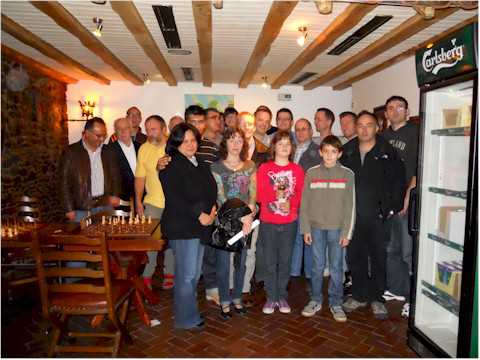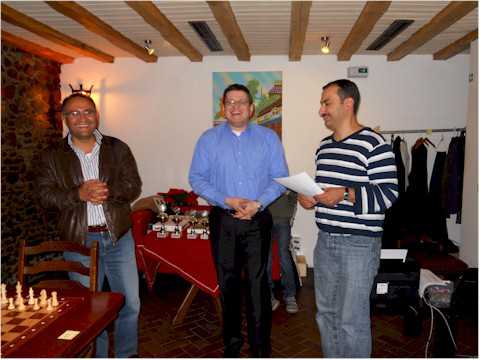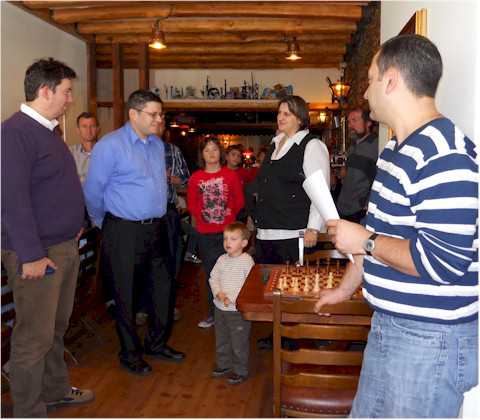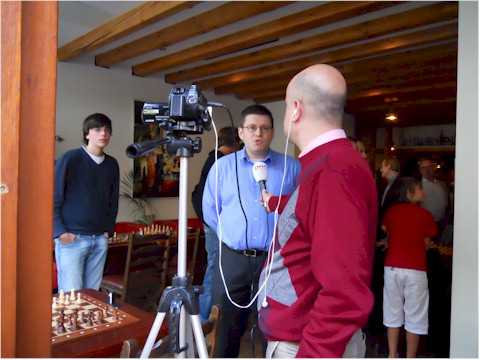The Amazon Mechanical Turk (MTurk) is one of the suite of Amazon Web Services, a crowdsourcing marketplace that enables computer programs to co-ordinate the use of human intelligence to perform tasks which computers are unable to do. Requesters, the human beings that write these programs, are able to pose tasks known as HITs (Human Intelligence Tasks), such as choosing the best among several photographs of a storefront, writing product descriptions, or identifying performers on music CDs. Workers (called Providers in Mechanical Turk’s Terms of Service) can then browse among existing tasks and complete them for a monetary payment set by the Requester. To place HITs, the requesting programs use an open Application Programming Interface, or the somewhat limited Mturk Requester site.
Requesters can ask that Workers fulfill Qualifications before engaging a task, and they can set up a test in order to verify the Qualification. They can also accept or reject the result sent by the Worker, which reflects on the Worker’s reputation. Currently, a Requester has to have a U.S. address, but Workers can be anywhere in the world. Payments for completing tasks can be redeemed on Amazon.com via gift certificate or be later transferred to a Worker’s U.S. bank account. Requesters, which are typically corporations, pay 10 percent of the price of successfully competed HITs (or more for extremely cheap HITs) to Amazon.[1]
About the name
The name Mechanical Turk comes from “The Turk”, a chess-playing automaton of the 18th century, which was made by Wolfgang von Kempelen. It toured Europe beating the likes of Napoleon Bonaparte and Benjamin Franklin. It was later revealed that this ‘machine’ was not an automaton at all but was in fact a chess master hidden in a special compartment controlling its operations. Likewise, the Mechanical Turk web service allows humans to help the machines of today to perform tasks they aren’t yet suited for.
History of the service
The service was initially invented for Amazon’s in-house use, to find duplicates among its web pages describing products.[1]
The service was launched publicly on November 2, 2005, and is currently in beta. Following its launch, Mechanical Turk user base grew quickly, in part the result of the Slashdot effect. At that time there were a huge number of “Human Intelligence Tasks” (HITs) in the system. In early to mid November, 2005, there were tens of thousands of HITs, all of them uploaded to the system by Amazon itself for some of its internal tasks that required human intelligence. Web traffic grew to a massive amount near the beginning of December 2005. Since then, the number of HITs in the system has decreased, and by December 20, 2005 there were less than 100 groups of HITs on the average page load. By January, new types of HITs were set up, such as selecting the three best restaurants in a city, and third party HITs began to appear as well. As of April 2006, there were only the occasional batch of 25 HIT groups being offered, and the service had slowed to a crawl. As of January 2007 there were new HITS being offered of podcast transcribing and rating and image tagging (which is becoming very popular). In March 2007 there were reportedly more than 100,000 workers in over 100 countries.[1]
In 2007, the service began to be used to search for prominent missing individuals. It was first suggested during the search for James Kim, but his body was found before any technical progress was made. That summer, computer scientist Jim Gray disappeared on his yacht and Amazon’s Werner Vogels, a personal friend, made arrangements for DigitalGlobe, which provides satellite data for Google Maps and Google Earth, to put recent photography of the Farallon Islands on the Mechanical Turk. A Slashdot effect sparked by Digg led to 12,000 searchers signing up, who were supplemented with imaging professionals working separately with the same data. The search was unsuccessful.[2] In September 2007 a similar arrangement was repeated in the search for aviator Steve Fossett. Satellite data was divided into 85 meter square sections, and Mechanical Turk users were asked to flag images with “foreign objects” that might be a crash site or other evidence that should be examined more closely.[1]
Third party programming
Programmers have developed various browser extensions and scripts designed to simplify the process of completing HITs. According to the Amazon Web Services Blog, however, Amazon appears to disapprove of the ones that automate the process 100% and take out the human element. Accounts using so-called automated bots have been banned.
Related systems
Main article: Crowdsourcing
MTurk is comparable in some respects to the now discontinued Google Answers service. However, the mechanical Turk is a more general marketplace that can potentially help distribute any kind of work tasks all over the world. The Collaborative Human Interpreter by Philipp Lenssen also suggested using distributed human intelligence to help computer programs perform tasks that computers cannot do well. MTurk could be used as the execution engine for the CHI.
Criticism
Because HITs are typically simple, repetitive tasks and users are paid often only a few cents to complete them, some have criticized Mechanical Turk as a “virtual sweatshop.” Workers have no recourse if companies refuse to pay them for good work. Requesters do not have to file tax forms, and avoid minimum wage, overtime, and workers compensation laws. Workers, though, must report their income as highly-taxed self-employment income. However, at least some workers on Mechanical Turk are people who are middle class and do the work to end boredom or for fun.[3]
References
^ Steve Silberman. “Inside the High-Tech Search for a Silicon Valley Legend”, Wired magazine, July 24 2007. Retrieved on 2007-09-16.
^ I make $1.45 a week and I love it Salon.com. July 24, 2006.
External links
Official website
Wired Magazine story about ‘Crowdsourcing’ June, 2006
Business Week Article on Mechanical Turk
New York Times Article on Mechanical Turk





